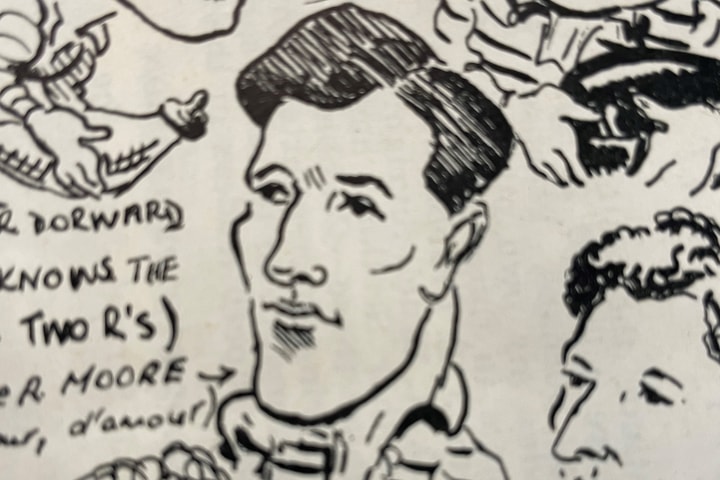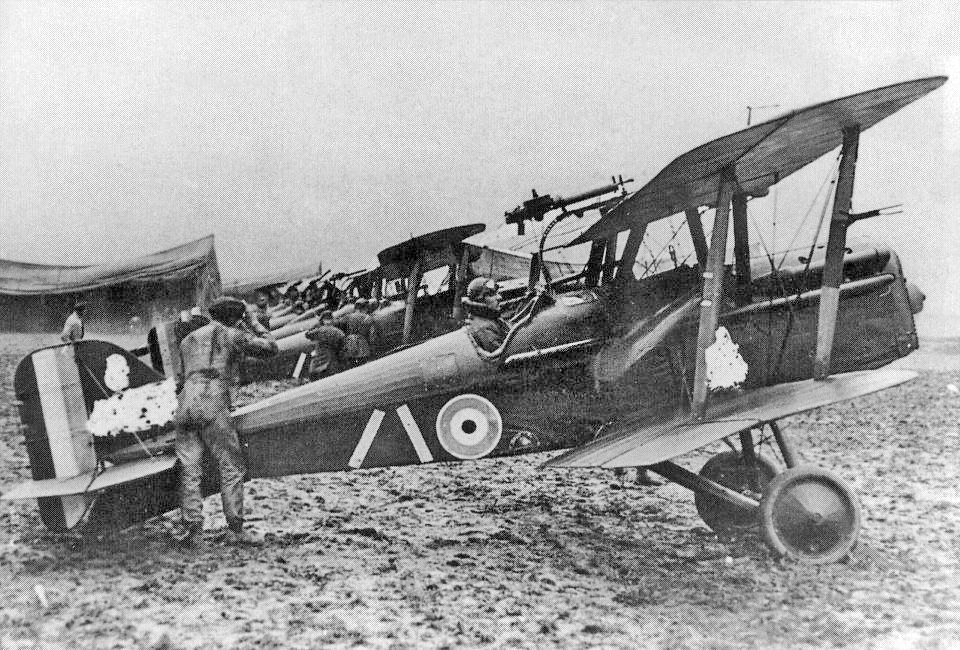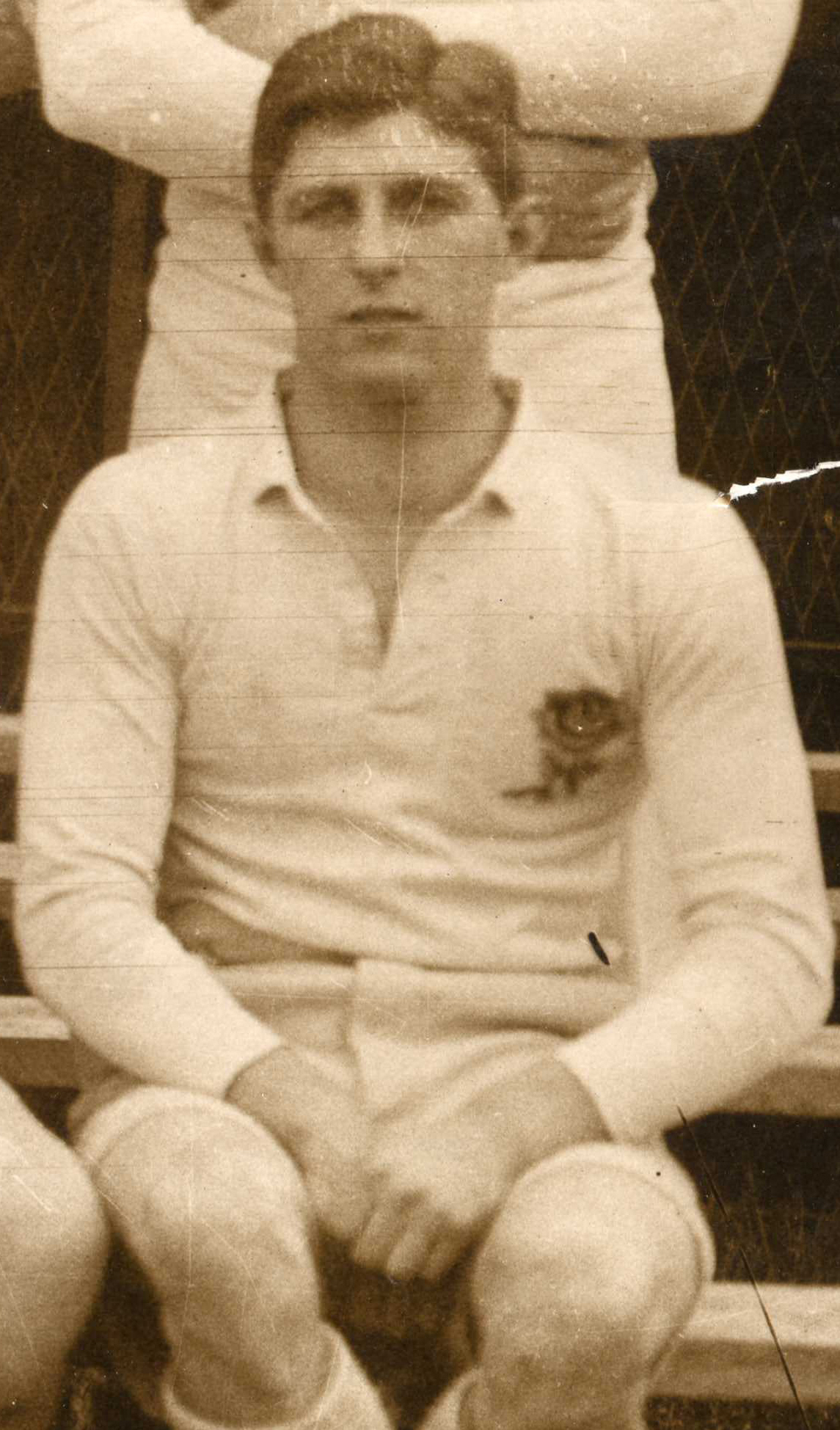
21 November 2025

April 1918... At the same time as Field Marshall Haig was issuing his 'backs to the wall' directive in support of the land campaign a feverish contest for air superiority was taking place in the skies. Cyril Lowe, who had been shot down in 1917, returned to France as a captain with 24 Squadron in April of 1918.

S.E.5a single-seater
In a line of duty that famously had a life expectancy of just seventeen days, Lowe had little time to adapt to his new role as pilot of the single-seater SE5a. On the 19th May he was appointed escort for a wing of DH4 bombers plotting a raid over Chaulnes. Payload was successfully delivered at 8.15am and the twelve aircraft from 24 Squadron turned and headed back to base. They were soon intercepted by six Fokker tri-planes and seven Fokker bi-planes. An enormous dogfight ensued. One of the British pilots wrote the following account of the engagement:
'soon everyone was busy…planes everywhere, diving, climbing, banking, rolling and falling; some with long plumes of black smoke and flames trailing behind; some on their backs and some on their wing-tips; some in headlong dives. Followed by a tremendous burst of flame. 26 fighter planes trying to destroy each other, 52 machine guns spouting bullets at a rate of 500 or 600 per minute. The crackle of these guns could be heard above the roar of the engines and the shriek of the bracing wires, vibrating at speeds of 150 to 200 mph'.
During the combat Lowe's plane was hit and caught fire. At 17,000ft he dived in an attempt to extinguish the flames. With a Fokker still in pursuit he quickly descended over 15,500ft. A friendly plane distracted his pursuer, allowing Lowe to pull up and engage. Between them they defeated the enemy plane and on their return to base both were recommended for MCs. Engagements such as this allowed the Allies to wrest control of the skies. Manfred von Richthofen 'the Red Baron' was shot down and killed during this same period. By the time Germany launched its final desperate attack against the French at the 'second Battle of the Marne' Allied air superiority was complete. In command of 'B' Flight, Lowe's low combat strafing and bombing would clear the way for the advance of the Canadian Corps at the Battle of Amiens, in an attack that marked the start of the 100 days offensive and ultimately victory for the Allies. In June Captain Lowe was awarded the Distinguished Flying Cross with the following citation:
'This officer has destroyed five enemy planes and driven down two others out of control. On one occasion he attacked two enemy triplanes, although at the time only one of his guns was serviceable; he shot down one of the machines in flames. On another occasion, while leading a formation of eight scouts he engaged a hostile formation of 26 machines. Having shot down a Fokker biplane he went to the assistance of one of our scouts and drove the enemy machine down to 500 feet; at this low altitude half of a blade of his propeller was shot off by fire from the ground.'

Cyril Lowe the Player '…an exceptionally fine wing because of his speed, his initiative, but above all else because of his determination…which largely made him so formidable both in attack and defence.' - W.W Wakefield Born in Holbeach, Lincolnshire in 1891 Cyril Nelson Lowe attended Dulwich College who he represented at boxing, swimming, cricket and rugby. In 1909 he was one of no fewer than five future international rugby players to represent the school XV who duly went through the season unbeaten. His school nickname was 'Titch' and Lowe was only 5' 6" when turning out on the wing for Cambridge University and Blackheath. His lack of height did not diminish him as a player however and his speed, elusive-running, dangerous cross-field kicking, tackling and try-scoring ability marked him out from an early age. He earned blues in 1911, 1912 and 1913 and scoring a dropped-goal in the last game, by which time he was already a full international. His debut for England came in 1913 against South Africa at Twickenham. By the end of that year he had helped his national side to their first ever Grand Slam. In 1914 Lowe scored a total of eight international tries across the season, a record that has never been eclipsed. These included three against Scotland in Edinburgh and another three against France in Paris in a game that delivered England a second consecutive Grand Slam. He married Ethel in 1915 and became father to two daughters, Alice and Elisabeth. He was acknowledged as a 'Flying Ace' for having shot down five enemy aircraft and his exploits during wartime are believed to have been one of the inspirations behind W.E Johns' fictional character 'Biggles'. He returned to the national side in 1920 and picked up exactly where he had left-off six years earlier. Two additional Grand Slams were secured in 1921 and 1923 before Lowe retired having amassed 25 consecutive caps and a record eighteen tries. 60 years later Cyril Lowe passed away at the age of 91 with his try-scoring record still intact.

About the Author - This article is an extract from the book 'Doing Their Duty: How England's Rugby Players Helped Win the First World War'. Phil McGowan is Curator at the World Rugby Museum.
Follow the World Rugby Museum on Facebook, Twitter and Instagram.